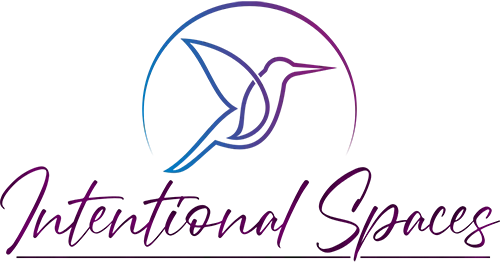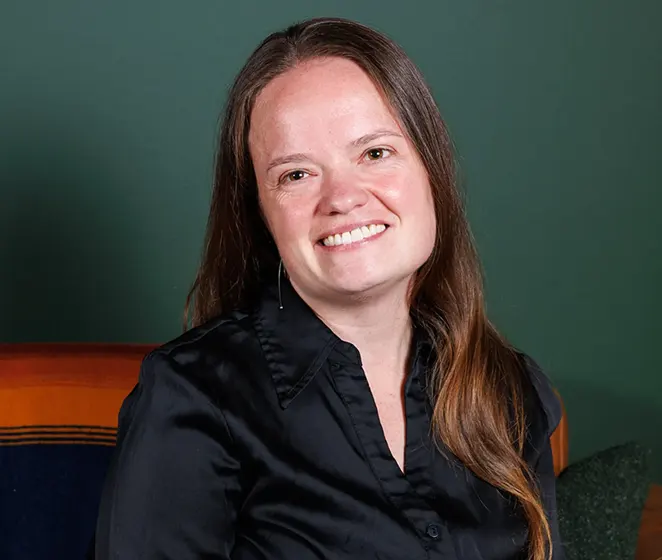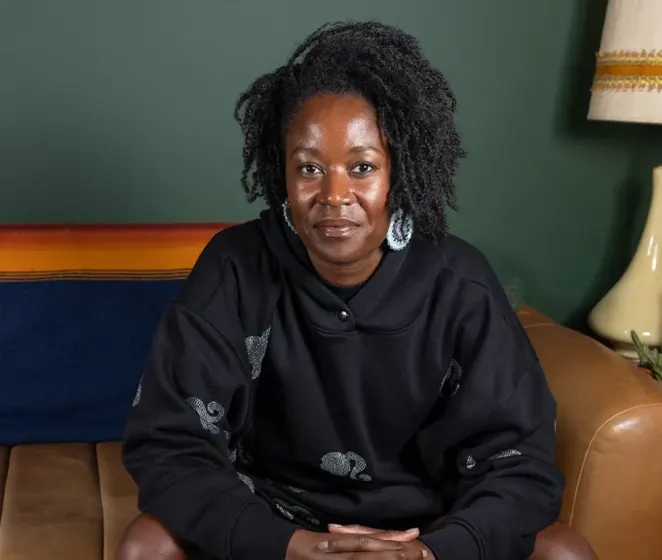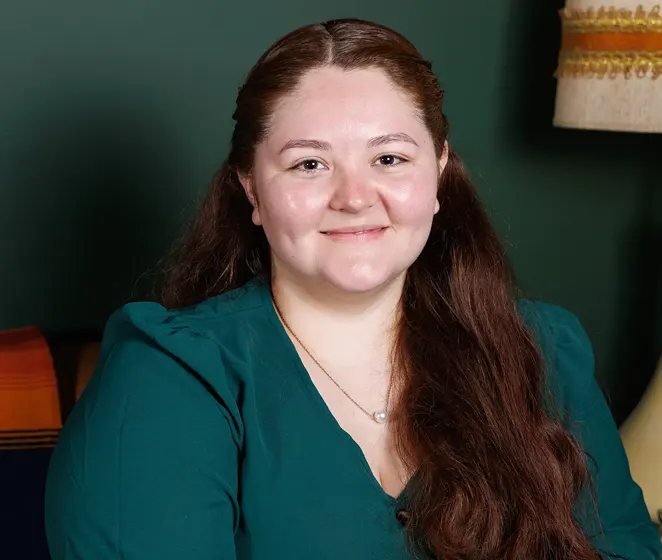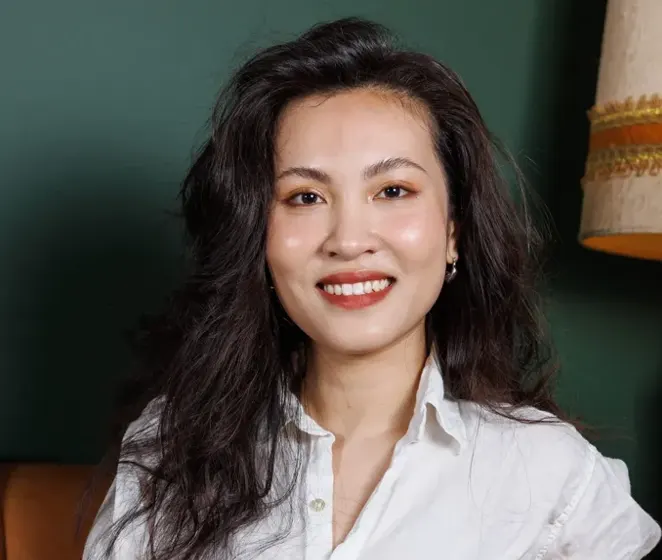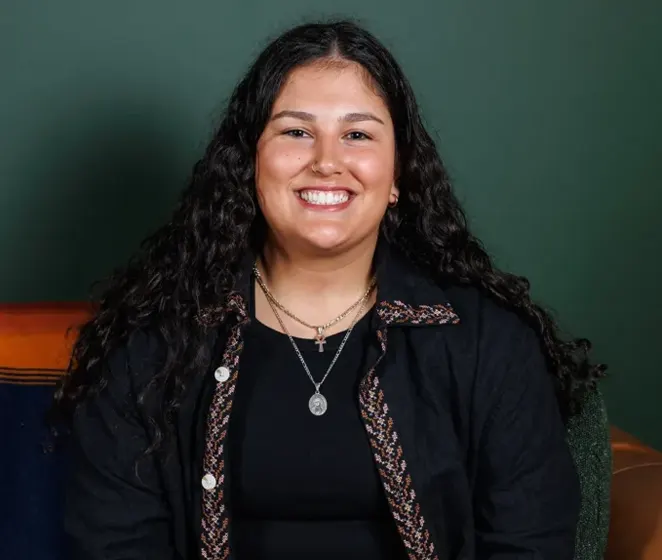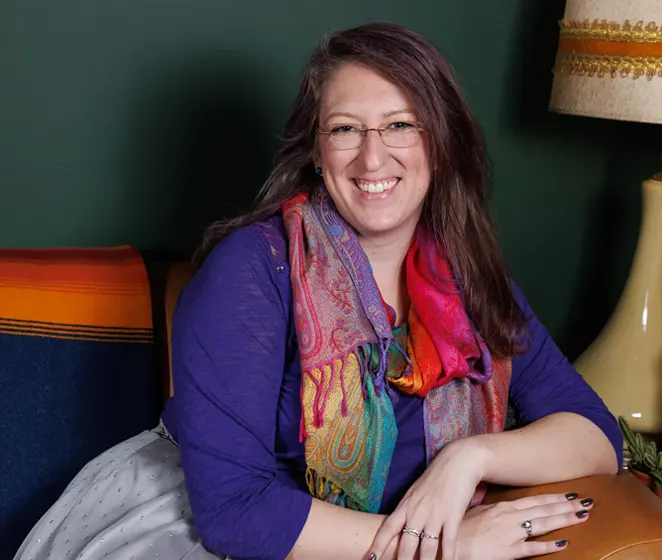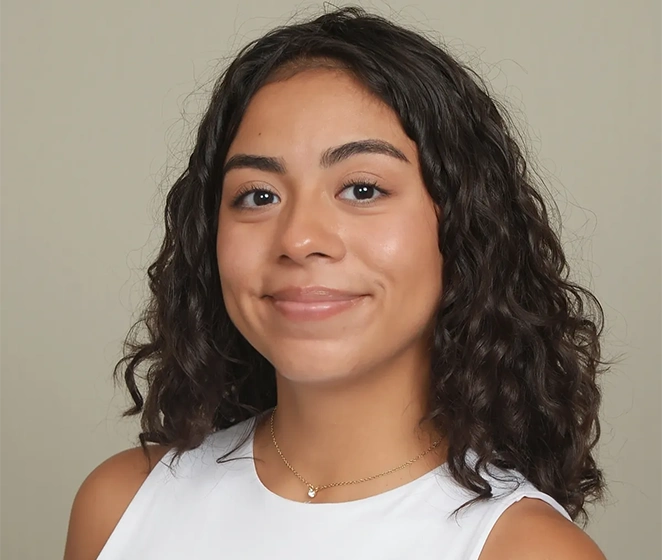If you’ve ever felt like you’re “too much” in relationships, or feared that even asking for closeness will drive someone away, you’re not alone.
You may be living with an anxious attachment style.
This isn’t a flaw or a personality problem, though it might feel like it at times. It’s a relational strategy your nervous system built to protect you from loss, disconnection, and uncertainty. These patterns begin in childhood as a means of survival and emotional regulation, often long before we have the words to name them.
What Is Anxious Attachment?
Anxious attachment often forms in early environments where love was inconsistent. Maybe a parent was warm one moment, distracted the next. Maybe you received attention, but only when you performed, stayed quiet, or took care of someone else. Over time, the nervous system adapts: Connection isn’t guaranteed. I have to work hard to keep it.
As adults, this early template tends to show up in specific ways. For example, you might overanalyze when someone doesn’t text back. You may need frequent reassurance, but feel ashamed for asking. You might feel intense closeness one moment and emotional panic the next. It can feel like being constantly caught between hope and fear, wanting love deeply, but never quite feeling settled in it.
The pain of anxious attachment is often about what others’ behavior might mean, not just about how others will respond. Silence or space becomes a trigger, not because you’re dramatic, but because it lights up an old fear: I’ll be left. I’ll be too much. I’ll be forgotten.
What's Happening Beneath the Surface?
Anxious attachment can have both mental and physical effects, just like anxiety or depression. The pattern of anxious attachment lives in the nervous system. When connection feels uncertain, your body can shift into fight or flight mode. You might feel unsettled until you hear from someone. A small shift in tone or timing can flood your body with anxiety. When the connection is restored, even temporarily, you may feel immense relief, almost like exhaling after being underwater.
The system is doing what it learned to do: monitor, reach, and repair as quickly as possible, or risk being abandoned.
The Cycle of Closeness and Fear
In close relationships, this can create a painful cycle. You sense distance and reach out, maybe by caretaking, overexplaining, or checking in repeatedly. If the other person doesn’t respond with clarity or warmth, your panic grows. You might escalate your efforts to reconnect. Eventually, when the panic burns out or isn’t met with safety, shame creeps in. You retreat, promise yourself to need less next time, and the cycle begins again.
This cycle is an attempt to feel anchored to someone, even just for a moment. It can often feel “clingy,” but in reality, this is your body longing, fearing disconnection, and abandonment.
What It Looks Like in Therapy
Therapy can be a powerful place to gently interrupt these patterns by offering a consistent, attuned connection that doesn’t have to be earned.
For folks with anxious attachment, the therapy space often mirrors familiar fears. You might wonder if you’re taking up too much time. You might worry your therapist will get frustrated or leave. You might want more support between sessions, but feel too ashamed to ask. All of this is welcome. A good therapist won’t see these needs as burdens—they’ll see them as information: a map of what safety hasn’t felt like before.
When therapy becomes a place where you don’t have to chase connection, your nervous system begins to recalibrate.
What Healing Can Look Like

Anxious attachment softens over time through many small moments. Recognizing the old belief—I’ll be abandoned—as a story, not a prophecy. Feeling the impulse to fix or over-function, and choosing to pause. Offering compassion to the younger version of yourself who learned to overreach because no one ever consistently reached back.
As healing unfolds, you begin to notice that disconnection doesn’t always mean danger. You start to build a sense of safety that isn’t completely dependent on someone else’s mood or presence. You learn to ask for what you need without apology, and to receive it without shrinking.
This work isn’t about becoming less sensitive. It’s about trusting that your sensitivity doesn’t make you unlovable. It makes you attuned.
You Are Not Too Much
Anxious attachment is an adaptive response to unpredictable love. It tells the story of your effort to stay close, to stay safe, to be held. With consistent, supportive skills and processing, it can become the starting place for a different kind of closeness—one built on steadiness, not fear.
You don’t have to earn secure love. You don’t have to explain your worth. You just have to begin—gently, bravely, with support.
If you’re curious about how anxious attachment shows up in your life—or what it could look like to feel safer in love and connection—we’re here to explore that with you.
